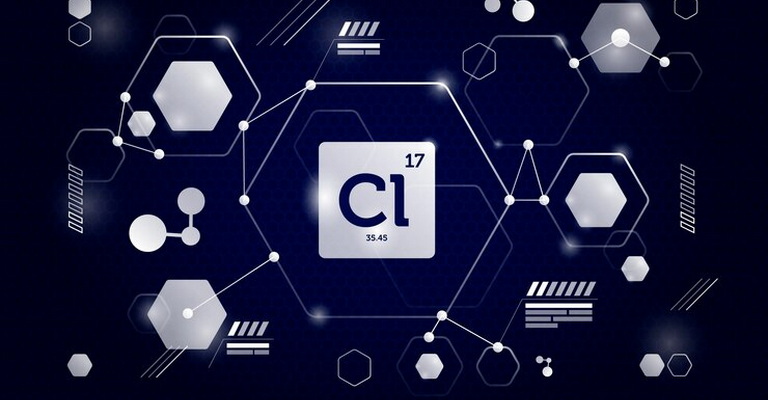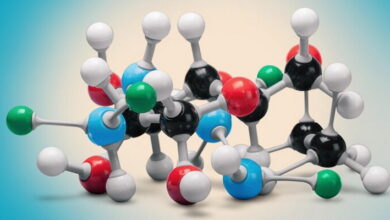Ionic Bonding MCQs with Answers

Welcome to the Ionic Bonding MCQs with Answers, it helps learners quickly identify areas for improvement in Ionic Bonding Online Test.
| Ionic bonding is a fundamental concept in chemistry where electrons are transferred from one atom to another, resulting in the formation of ions held together by electrostatic forces. This type of bonding occurs between atoms with significantly different electronegativities, typically a metal and a non-metal.
In an ionic bonding quiz, MCQs on ionic bonding explore key aspects of this bond formation. Multiple choice questions on ionic compounds focus on identifying characteristics such as high melting and boiling points, conductivity in molten or aqueous states, and solubility in water. Properties of ionic bonds MCQs delve into the specific traits of ionic bonds, including their brittleness, crystal structure, and tendency to form electrolytes. Ionic lattice structures exam questions analyze the arrangement of ions in a three-dimensional lattice, emphasizing how electrostatic attraction and repulsion dictate the structure’s stability and properties. Bonding in crystals MCQs address the broader implications of ionic bonding in crystal structures, considering factors such as coordination numbers, unit cells, and lattice energy. |
Ionic Bonding Online Quiz
By presenting 3 options to choose from, Ionic Bonding Quiz which cover a wide range of topics and levels of difficulty, making them adaptable to various learning objectives and preferences. You will have to read all the given answers of Ionic Bonding Questions and Answers and click over the correct answer.
- Test Name: Ionic Bonding MCQ Quiz Practice
- Type: Quiz Test
- Total Questions: 40
- Total Marks: 40
- Time: 40 minutes
Note: Answer of the questions will change randomly each time you start the test. Practice each quiz test at least 3 times if you want to secure High Marks. Once you are finished, click the View Results button. If any answer looks wrong to you in Quiz, simply click on question and comment below that question, so that we can update the answer in the quiz section.
Download Certificate of Ionic Bonding Test
On the end of Quiz, you can download the certificate of the quiz if you got more than 70% marks.
Ionic Bonding Flashcards
Ionic bonds are formed between atoms with large differences in _____ electronegativity.
Electronegativity
In an ionic compound, the positive and negative ions are held together by _____ forces.
Electrostatic
Ionic bonding is typically observed in compounds between _____ and _____ elements.
Metals; nonmetals
The force of attraction between oppositely charged ions in an ionic compound is called _____ bonding.
Ionic
What type of bond results from the electrostatic attraction between positively and negatively charged ions?
Ionic bond
What type of bonding involves the transfer of valence electrons from one atom to another?
Ionic bonding
The chemical formula of an ionic compound represents the _____ ratio of ions in the compound.
Simplest whole-number
Which type of bonding involves the electrostatic attraction between ions of opposite charge?
Ionic bonding
If you are interested to enhance your knowledge regarding Physics, Computer, and Biology please click on the link of each category, you will be redirected to dedicated website for each category.




